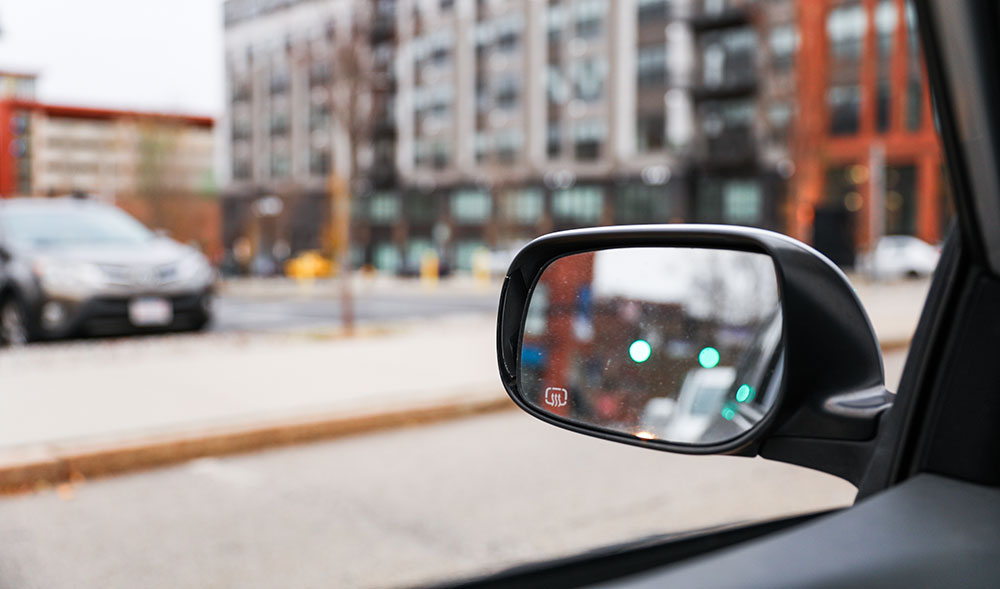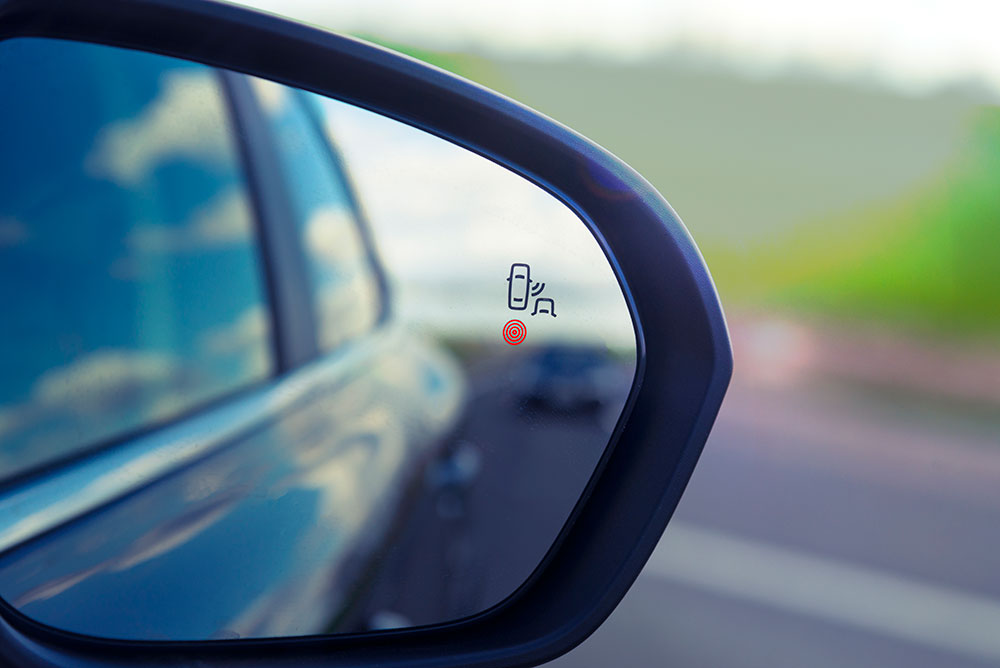Blind Spot Systems have revolutionized how we drive, becoming an essential safety feature in modern vehicles. By alerting drivers to unseen hazards in their blind spots, they contribute significantly to road safety. This article will delve into the technology’s functionality and highlight why every vehicle should be equipped with a Blind Spot System. Join us as we navigate the science behind it all, the impact on accident rates, and the most effective ways to use this life-saving innovation.
Understanding Blind Spot Systems
Blind spot systems significantly increase driver awareness and safety. They remove the guesswork and the risk of human error in driver judgment when changing lanes or reversing, thus reducing the chances of accidents.
The term ‘blind spots’ refers to the areas around a vehicle hidden from the driver’s view – either through the windows or mirrors. These invisible zones pose a risk as they often obscure other cars, pedestrians, or objects, potentially leading to hazardous situations. A solution to this problem is the blind spot system or blind spot detection (BSD).

A BSD is an advanced vehicle-based technology with the crucial function of alerting drivers to unseen items in their blind spots. This system, a standard feature in many new vehicles, essentially facilitates accident avoidance by identifying vehicles situated to the rear or on the driver’s side that might not be otherwise visible.
Working with radar or ultraviolet sensors, most blind spot systems detect the reflected waves from nearby vehicles, determining their distance, speed, and angle concerning your car. These sensors are usually installed on either side of the rear bumper or within the side mirrors. When a vehicle that is not visible to the driver is detected in the blind spot, an alert is triggered by the system. This alert is usually in the form of a warning light that is located within the side mirror. Extra precautions such as audio alarms or physical alerts, like the steering wheel or seat vibration, are activated if the driver endeavors to change lanes despite the warning light.
There are advanced blind spot systems outfitted with superior features. Some systems come equipped with a Rear Cross Traffic Alert feature that identifies vehicles approaching from the side during reversing. Others are integrated with automatic braking or steering mechanisms to avert a collision, particularly if the driver does not react to the warnings.
Blind spot systems, with their advanced features, offer unmatched benefits in terms of driver safety. By eliminating guesswork and human errors in judging distances and vehicle locations, they significantly reduce the risk of accidents.
The Science Behind Blind Spot Systems
In the crux of blind spot systems or Blind Spot Detection (BSD) systems lies the application of inventive sensing technologies. These systems chiefly employ two types of sensors: radar and ultrasonic. Radar sensors emit radio waves that reflect upon hitting an object, while ultrasonic sensors use sound waves to determine the object’s distance and speed in the blind spot.
Equipped with motion detection technology, these systems identify when a vehicle or object enters the blind spot area. The driver is then alerted through various mechanisms—flashing lights, audible warnings, or vibrations in the steering wheel or seat.
BSDs often integrate with other safety systems in a vehicle, such as the Lane Departure Warning System or Cross-Traffic Alert System. Should the driver fail to react to a detected hazard, these advanced setups can autonomously respond to avert a collision.

Some cutting-edge systems use machine learning technologies to attune to drivers’ habits, ensuring improved accuracy over time. However, these systems have limitations—they may fail to identify fast-approaching rear vehicles and stationary objects or work efficiently under harsh weather conditions. They primarily serve to support safe driving rather than replace human intervention.
Many new models feature adaptive systems that adjust alert thresholds based on vehicle speed, helping mitigate false alarms at slower speeds. As technology advances, we can anticipate the incorporation of AR and VR to enhance the efficacy of these blind spot systems, promising a significant stride in road safety.
Why Blind Spot Systems are Essential in Today’s Driving
They provide superior detection in various lighting and weather conditions than mirrors and aid in safer maneuvering during parking and lane changes. Blind spot systems also enhance driving comfort, potentially lower insurance costs, and are particularly crucial for larger vehicles. These systems support escalating traffic congestion and novel car designs that compromise visibility. Aging populations, too, benefit from easier blind spot control. Acknowledging its significance, many car manufacturers are making blind spot systems standard, with new mandatory legislation even coming into play. In a nutshell, blind spot systems hugely enhance road safety, driving convenience, and confidence.
The Impact of Blind Spot Systems on Accident Rates
The implementation of Blind Spot Systems has significantly lowered global accident rates. NHTSA reports a significant reduction of the 840,000 annual US accidents caused by blind spots due to these systems – IIHS data reveals a 14% decrease in lane-change crashes and 23% in injury. These systems enhance driver perception by alerting them of nearby vehicles and reducing their dependence on mirrors, particularly benefitting older drivers and frequent highway users. Every US vehicle equipped could prevent 50,000 crashes yearly, suggests Consumer Reports. AAA echoes that these systems also lessen injury severity and property damage. Moreover, they promote safe driving, boosting driver confidence and often qualifying vehicles for insurance discounts. Consequently, drivers are less accident-prone, further consolidating Blind Spot Systems’ role in accident prevention.

How to Effectively Use Blind Spot Systems
Effective use of Blind Spot Systems involves understanding their functionality, position, and alert mechanism. These systems, including Blind Spot Detection (BSD), Blind Spot Information Systems (BLIS), or Blind Spot Monitors, use sensors or cameras to detect objects in your blind spots, issuing visual or audio alerts. Typically, sensors are located on rear-view mirrors or rear bumpers, while cameras might be installed on side mirrors.
To maximize the system’s effectiveness, regularly clean the sensors and cameras, ensuring they’re devoid of any debris. While these systems are helpful, remember they are supplementary tools and should not replace careful driving and regular blind-spot checks – especially when signaling for a lane change or reversing.

Getting familiar with your system’s sensitivity is also essential, as it varies depending on your vehicle. Trust the system’s alerts, but verify by checking your blind spots. Weather conditions like heavy rain or snow might impede the sensor’s detection capability. Hence, drive cautiously during adverse weather.
In conclusion, installing and using Blind Spot Systems in every vehicle is non-negotiable to ensure safer roads. This innovative technology helps drivers avoid potential accidents by monitoring areas that are otherwise difficult to see. With a clear understanding of its functionality and benefits, the importance of Blind Spot Systems becomes undeniable.